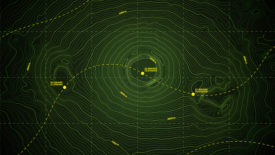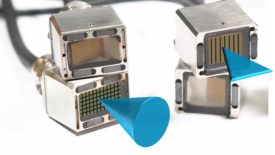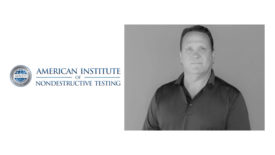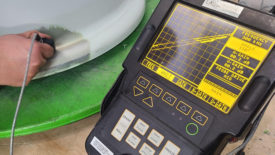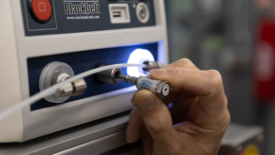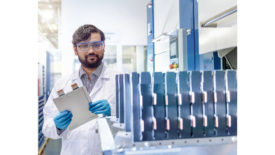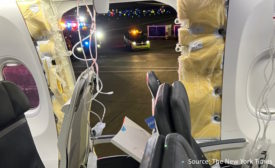NDT
NDT | Ethics
A whistleblower shares his story.
Read More
ASNT Column | Muriel Magloire
Enhancing Safety Through Nondestructive Testing (NDT): Preventing Catastrophes and Ensuring Integrity
NDT plays a major role in preventing disasters and upholding safety standards.
March 12, 2024
NDT | Ultrasonics
Smart Inspection: Latest developments and novel approaches in industrial ultrasonic testing
Compact design and automation are important aspects in meeting the inspection requirements of today and the future.
March 1, 2024
The Quality Show South
Podcast: An Aerospace Whistleblower Shares His Story
February 29, 2024
NDT | Inspection
Nondestructive Testing (NDT) of Commercial Aircraft Wheels
The main flaws uncovered by NDT on the wheels are cracking, corrosion, geometrical distortion, and overheating.
January 15, 2024
NDT | Leak Test
Two-Point Calibration: The Key to an Accurate, Repeatable Leak Test
How single-point calibration falls short in pressure and vacuum decay leak test calibration.
January 10, 2024
NDT | Leak Testing
Leak Detection’s Crucial Role in Li-ion Traction Battery Production
Manufacturers that routinely challenge their leak tightness testing process will consistently produce products with reliable performance, battery longevity and safety.
January 9, 2024
Stay in the know with Quality’s comprehensive coverage of
the manufacturing and metrology industries.
eNewsletter | Website | eMagazine
JOIN TODAY!Copyright ©2024. All Rights Reserved BNP Media.
Design, CMS, Hosting & Web Development :: ePublishing


